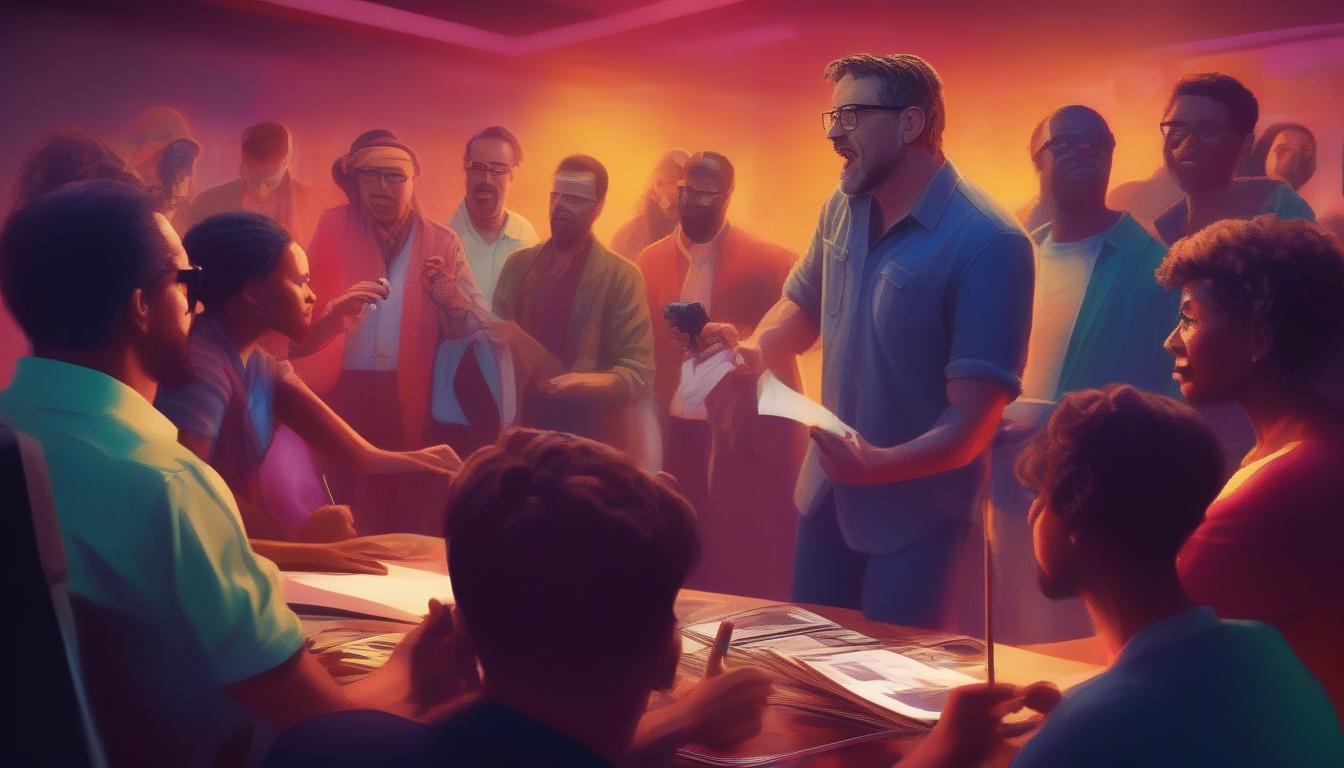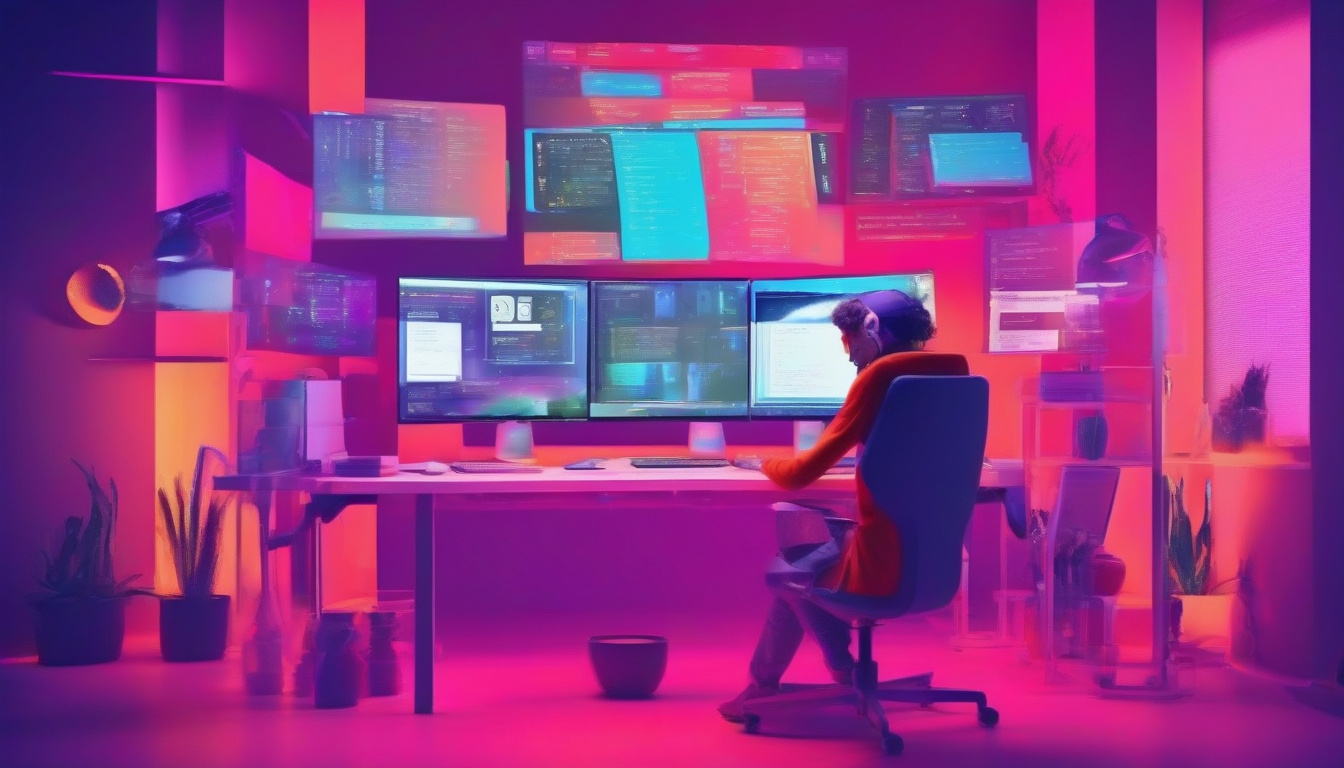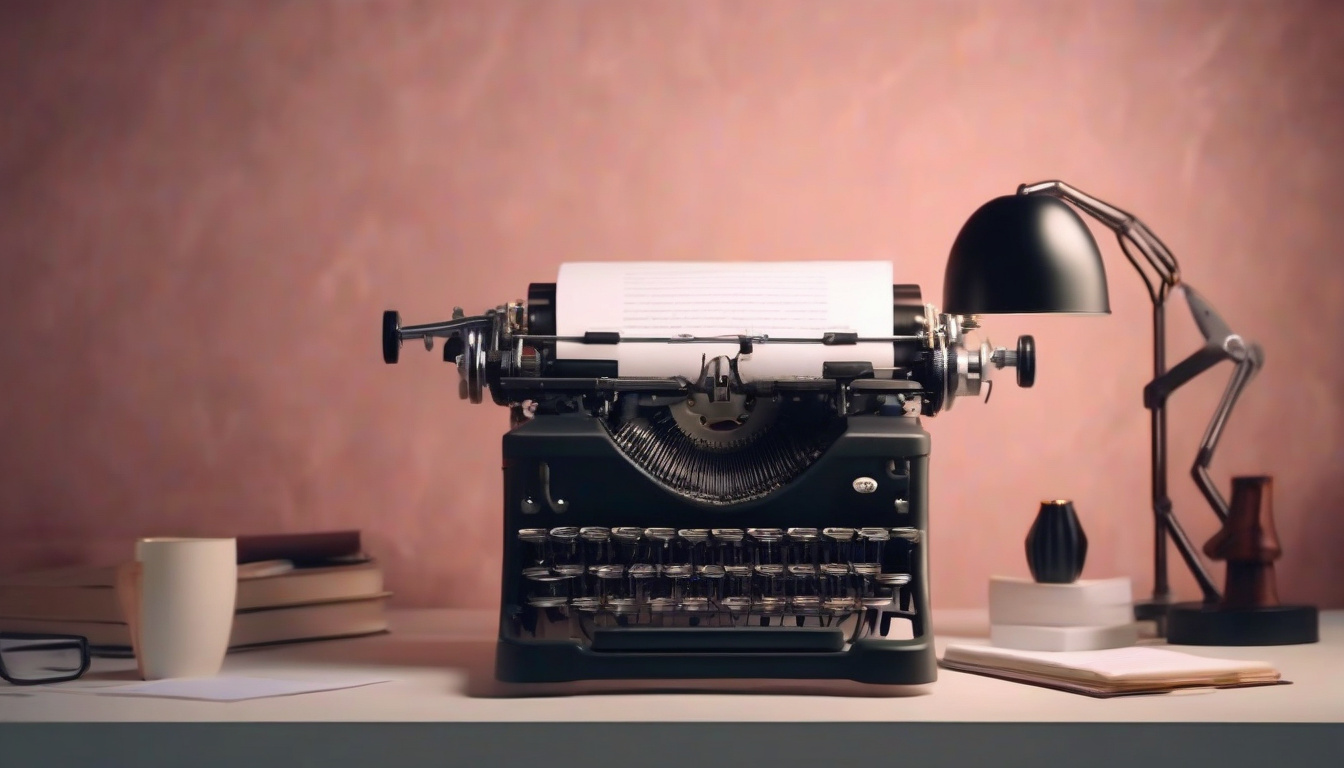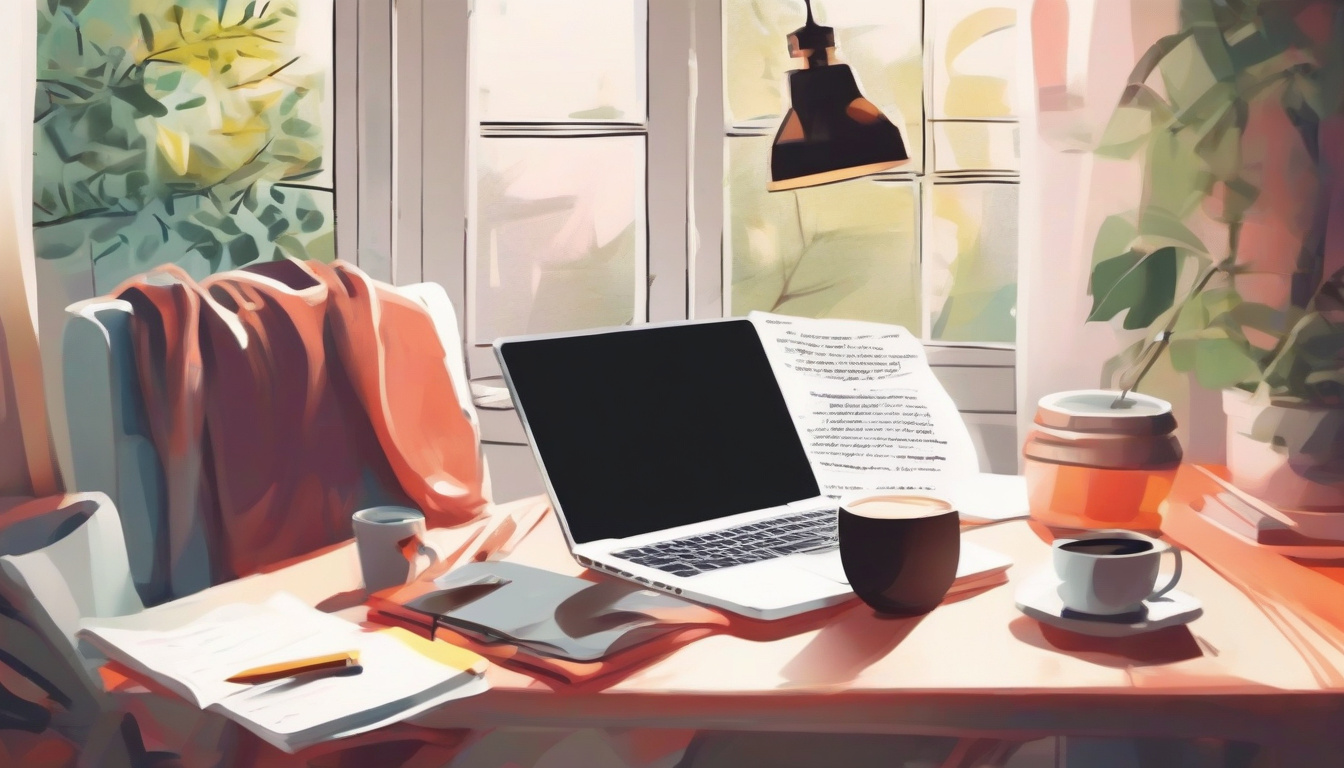
Welcome aboard, aspiring storytellers and visual virtuosos!
If you’ve ever dreamed of weaving a tale so gripping that it could lure even the most distracted cat into watching, then let me introduce you to the dazzling world of cinematic storytelling.
Think of it as transforming your yarn-spinning skills into a blockbuster that’ll have audiences laughing, crying, and possibly throwing popcorn in surprise!
Buckle up as we dive into the whimsical waters of how to elevate your narratives into breathtaking visual masterpieces, making even Steven Spielberg nod in approval!
Let’s get rolling!
The BEST AI Screenwriting Tool In Hollywood!
Key Takeaways
- Cinematic storytelling combines narrative techniques with visual elements to create immersive experiences.
- Key components of a captivating narrative include plot, character, setting, and conflict.
- Utilizing techniques like camera angles, lighting, and sound enhances the emotional depth of visual storytelling.
- Effective character development is crucial for engaging audiences and driving the story forward.
- Analyzing successful cinematic works provides valuable insights into the art of crafting compelling narratives.
Understanding Cinematic Storytelling
Ah, cinematic storytelling – the magical art of weaving tales that make our popcorn almost taste better at the movies.
But wait, before you throw your hands up in despair, thinking, ‘Cinematic storytelling?
That sounds like something only Scorsese can do!’, hold your horses!
Understanding cinematic storytelling isn’t reserved for the elite film school crowd.
In a nutshell, it’s simply the way stories unfold on the screen, blending visuals, audio, and emotion into a delightful viewing experience.
Think of it as painting with light and sound, where each frame is like a brushstroke on the canvas of the viewer’s imagination.
Whether it’s the screwball antics of a classic comedy or the heart-wrenching drama that has us gripping our tissues, mastering the techniques of cinematic storytelling will have you giggling, gasping, and gripping your seat like a total pro.
So grab your director’s chair and let’s dive into the enchanting world of cinematic storytelling!
The Elements of a Captivating Narrative
Ah, cinematic storytelling!
It’s like popcorn for your brain – buttery, irresistible, and oh-so-satisfying.
Have you ever watched a film that hooked you from the get-go, making you laugh, cry, and gasp all in the same scene?
Well, that’s the magic of a captivating narrative.
So, what are the secret ingredients behind this cinematic stew?
First up is character development – because let’s be honest, no one wants to root for a cardboard cutout of a hero.
Give them depth, flaws, and those irresistible quirks that make us go, ‘Awwww, I can totally relate!’ Next, sprinkle in some conflict – after all, a smooth sea never made a skilled sailor.
Characters need hurdles to leap over and struggles to tug at our heartstrings!
And don’t forget about the setting, that magical world where all the action unfolds; it’s the backdrop that can make the mundane feel like an epic adventure.
Lastly, tie it all together with a twisty plot that keeps us guessing.
Remember, in the realm of cinematic storytelling, every detail counts – it’s not just a story, it’s an experience!
So, grab your metaphorical popcorn and let’s dive deep into the art of crafting narratives that captivate and linger long after the credits roll.
‘Cinematic storytelling is not just about the moments you capture, but about the emotions you evoke and the worlds you create.’
Techniques to Enhance Visual Storytelling
Are you ready to elevate your filmmaking game and dive headfirst into the tantalizing world of cinematic storytelling?
Buckle up, because we’re about to embark on a wild ride filled with tips, tricks, and perhaps a few quirky anecdotes.
First off, let’s talk about the importance of composition.
You know how they say a picture is worth a thousand words?
Well, get ready to tell an epic tale with each frame!
Use the rule of thirds to create visually appealing shots that draw your audience in.
Next, don’t underestimate the power of lighting; it can make your characters look like they just stepped off the runway – or, conversely, like they belong in a horror flick.
And let’s not forget about sound design.
Goodbye bland and hello immersive!
Add layers of soundscapes to enhance emotions and really hit those cinematic storytelling notes.
Forget basic, this is where you strive for that ‘wow’ factor that leaves your audience gasping for air (with excitement, of course)!
So grab your camera, sprinkle some creativity like confetti, and get storytelling – the cinematic way!
The BEST AI Screenwriting Tool In Hollywood!
The Role of Character Development in Film
Welcome to the whimsical world of cinematic storytelling, where characters aren’t just ink on a script but living, breathing entities that tug at our heartstrings—sometimes all at once!
Picture this: you’re cozied up on the couch, popcorn in one hand, your cat curled up in the other, and suddenly, you’re utterly invested in a character’s journey from hapless underdog to relentless hero.
That’s the magic of character development!
It’s like giving your characters a full buffet of experiences, emotions, and those awkward moments that make us cringe (thank you, sitcoms).
In cinematic storytelling, character development is the secret sauce that keeps us coming back for more.
We want to see them evolve, make mistakes, and learn life lessons while simultaneously trying to avoid giant marshmallows falling from the sky—if you’re watching a quirky indie film, that is.
Without robust character development, films would feel as flat as a soda left open for days, leaving audiences yawning rather than gasping.
So, buckle up, because the ride through character arcs is as thrilling as a rollercoaster, and every twist and turn brings a new revelation that enriches our cinematic experience!
Crafting Emotion Through Cinematic Techniques
Ah, cinematic storytelling!
It’s the magical alchemy where visuals meet narrative, and tears meet popcorn.
You see, crafting emotion through cinematic techniques is not just a fancy term filmmakers toss around like confetti at a Hollywood premiere—it’s the secret sauce that can turn a mundane Monday into a heart-wrenching Tuesday!
Picture this: you’re watching a scene where our hero stands on a deserted beach, wind blowing through their hair, while a melancholic score rises like a loaf of sourdough in the background.
That’s cinematic storytelling doing its thang!
From framing the shot to the color palette, every decision is like seasoning in a five-star meal.
So, grab your metaphorical director’s chair and get ready to master the art of cinematic storytelling, where every twist, turn, and tear you capture is not just seeing the film—it’s feeling it!








